The crispiness of Shandong-style pancakes is legendary, yet maintaining that perfect texture presents a unique culinary challenge. Unlike other flatbreads that soften over time, the delicate balance of thinness and structure in these pancakes demands specific techniques to preserve their signature crunch. From street vendors to home cooks, the quest to extend the crisp lifespan of these golden discs has sparked innovation across kitchens in eastern China.
Tradition meets science in the art of pancake preservation. The foundation lies in the dough itself—a simple mixture of wheat flour, water, and salt transformed through precise cooking methods. Veteran cooks know that the batter must achieve a viscosity that allows for paper-thin spreading without tearing. When the mixture hits the scorching griddle, instantaneous water evaporation creates the initial crisp structure. This flash dehydration forms microscopic air pockets that contribute to both texture and fragility.
Temperature control emerges as the unsung hero in crispness retention. Street stalls maintain their pancakes' integrity through continuous griddle heat management. The ideal cooking surface hovers between 180-200°C, hot enough to rapidly set the structure but not so intense as to cause burning. This thermal sweet spot ensures maximum moisture expulsion while preventing the caramelization that leads to premature softening. Many vendors employ cast iron griddles for their superior heat retention and even distribution—key factors in consistent texture development.
Storage techniques reveal regional wisdom passed through generations. In rural Shandong households, cooked pancakes traditionally get suspended from kitchen rafters in bamboo containers that permit air circulation while protecting from humidity. Modern adaptations include breathable cotton cloth wraps that absorb residual moisture without making contact with the pancake surface. Urban vendors have developed stacking methods using parchment paper interlayers that prevent steam accumulation between pancakes—a common cause of texture degradation.
The composition of accompanying ingredients plays a surprising role in crispness longevity. Traditional fillings like scallions or pickled vegetables get added just before consumption because their moisture content would otherwise migrate into the pancake. Contemporary fusion versions sometimes incorporate moisture-absorbing elements like crushed fried dough or roasted soybean powder that act as internal desiccants. This innovation allows for pre-assembled pancakes that maintain texture for several hours—a game-changer for busy food stalls.
Packaging breakthroughs have revolutionized commercial distribution. Specialty food companies now use nitrogen-flushed bags with desiccant packets for supermarket sales. The oxygen-free environment prevents oxidative softening while the desiccants combat residual moisture. Some premium brands employ edible rice paper coatings that create a moisture barrier without affecting taste—technology borrowed from Japanese tempura preservation methods. These advancements allow crisp Shandong pancakes to reach consumers nationwide without sacrificing quality.
Environmental factors demand constant consideration. During humid summer months, many vendors reduce batter water content by 5-8% to compensate for atmospheric moisture. Some add a whisper of vodka to the mixture—the alcohol evaporates faster than water during cooking, creating additional dryness in the final product. High-altitude regions require different approaches altogether, with adjustments to cooking times and storage solutions tailored to lower air pressure conditions.
The cultural significance of texture preservation extends beyond mere culinary preference. In Shandong's culinary philosophy, the sound of a properly crisp pancake breaking signals quality and craftsmanship. This auditory experience—reminiscent of autumn leaves crunching underfoot—has become part of the region's gastronomic identity. As techniques evolve, from high-tech packaging to ancient storage methods, the pursuit of enduring crispness continues to shape Shandong's vibrant street food culture while honoring its rustic origins.

By /May 26, 2025

By /May 26, 2025

By /May 26, 2025
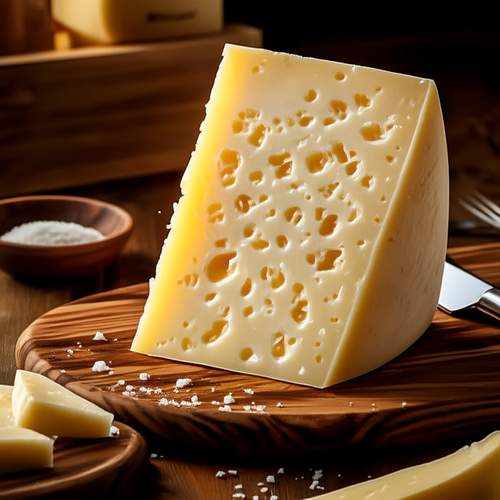
By /May 26, 2025

By /May 26, 2025
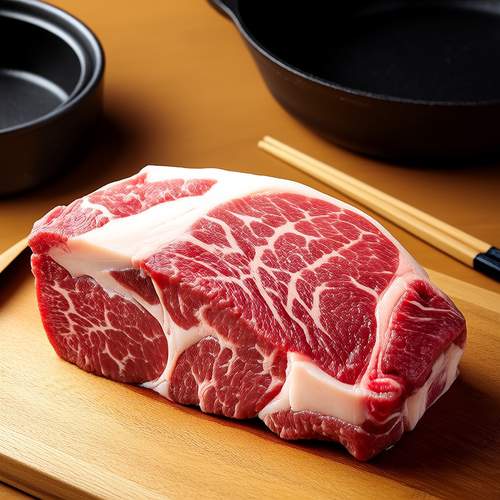
By /May 26, 2025
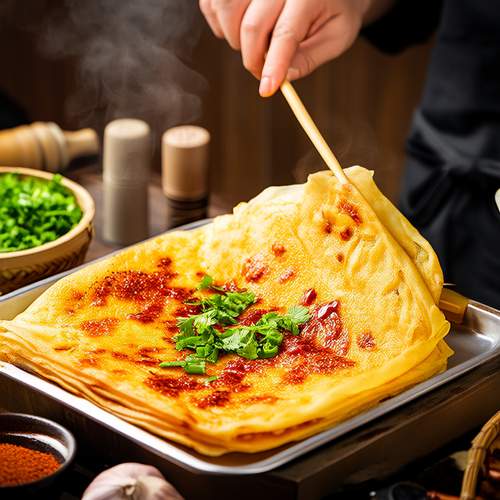
By /May 26, 2025
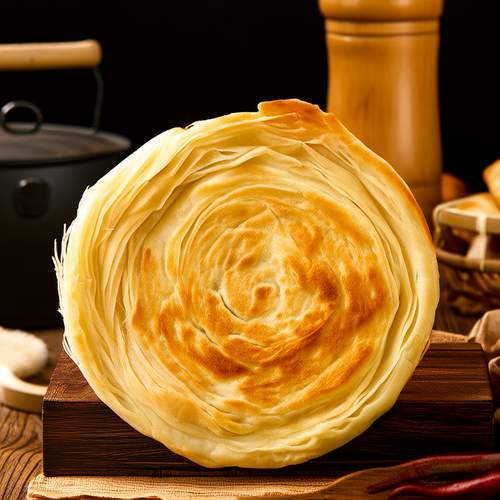
By /May 26, 2025

By /May 26, 2025
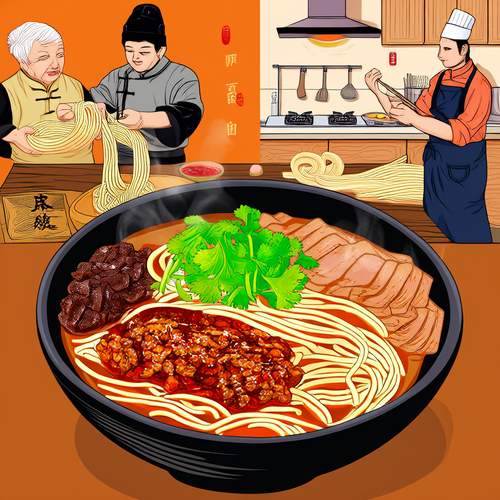
By /May 26, 2025

By /May 26, 2025

By /May 26, 2025
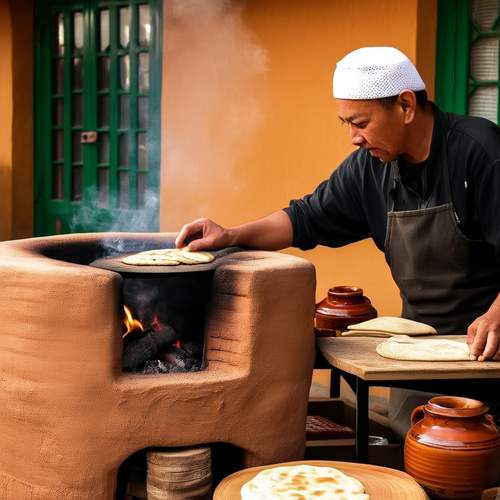
By /May 26, 2025
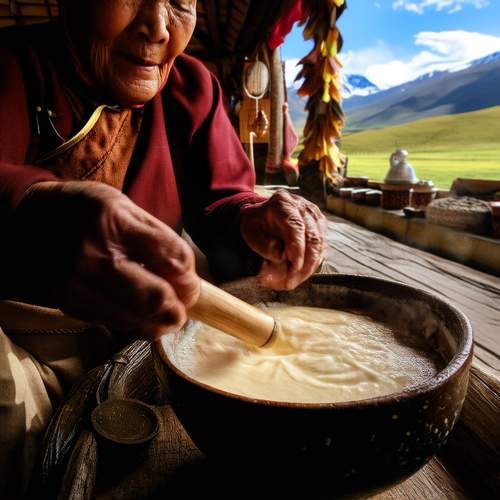
By /May 26, 2025

By /May 26, 2025
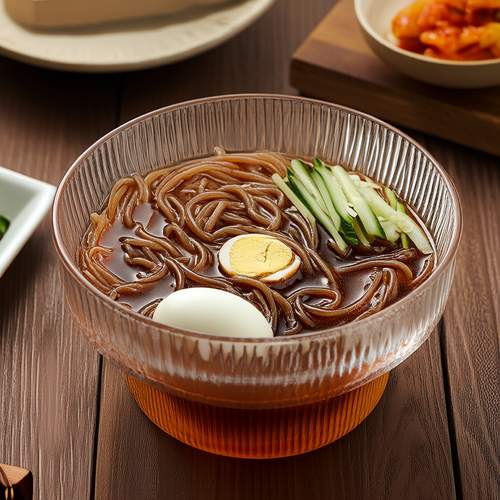
By /May 26, 2025

By /May 26, 2025

By /May 26, 2025

By /May 26, 2025
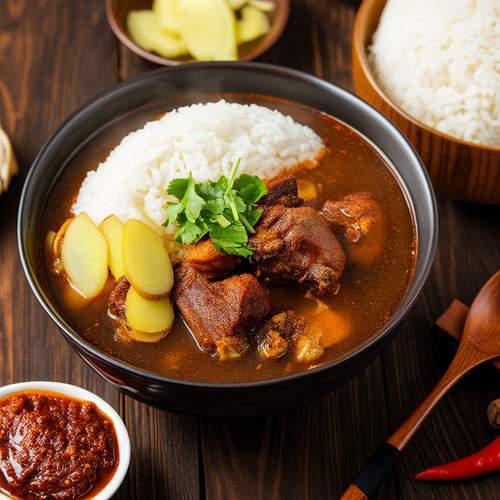
By /May 26, 2025